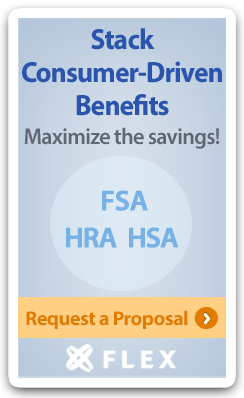Benefits Buzz
The fourth quarter is in full swing! If you’re like most health insurance brokers, this is your busiest time of year. It’s also your last opportunity to hit your sales goals for the year. We’ve put together seven killer sales strategies to make this your best fourth quarter ever.
The Employer Mandate guidelines state that coverage is affordable when an employee has to pay no more than 9.5% of their household income (inflation-adjusted to 9.83% for the 2021 plan year) for self-only coverage which is offered, but which employers know the household income of an employee? As a result, there are three alternative methods that an employer can rely upon when determining if the coverage they offer is affordable. These methods are explained below and some general examples of how to apply each method have also been provided.
President Donald Trump declared a national emergency due to the COVID-19 pandemic earlier this year. The national emergency took effect on March 1, 2020, and it has yet to expire. Following the national emergency declaration came a wave of guidance and regulations, including guidance and regulations which impacted deadlines associated with employee benefit programs.
The Internal Revenue Service (IRS) recently issued Notice 2020-76 with information pertaining to the upcoming reporting required by the Affordable Care Act (ACA).
The following information was included in the notice:
The Internal Revenue Service (IRS) has issued draft reporting forms for the purpose of filing information necessary to enforce the Employer Mandate. The 2020 draft version of the applicable forms can be found below (with finalized versions expected to be released later this year):
The Consolidated Omnibus Budget Reconciliation Act of 1985 (COBRA) requires employers with 20 or more employees to offer continuation coverage under a group health plan for periods of 18, 29 or 36 months depending on the qualifying event.
Tag Cloud
Archives
Enter Your Email






